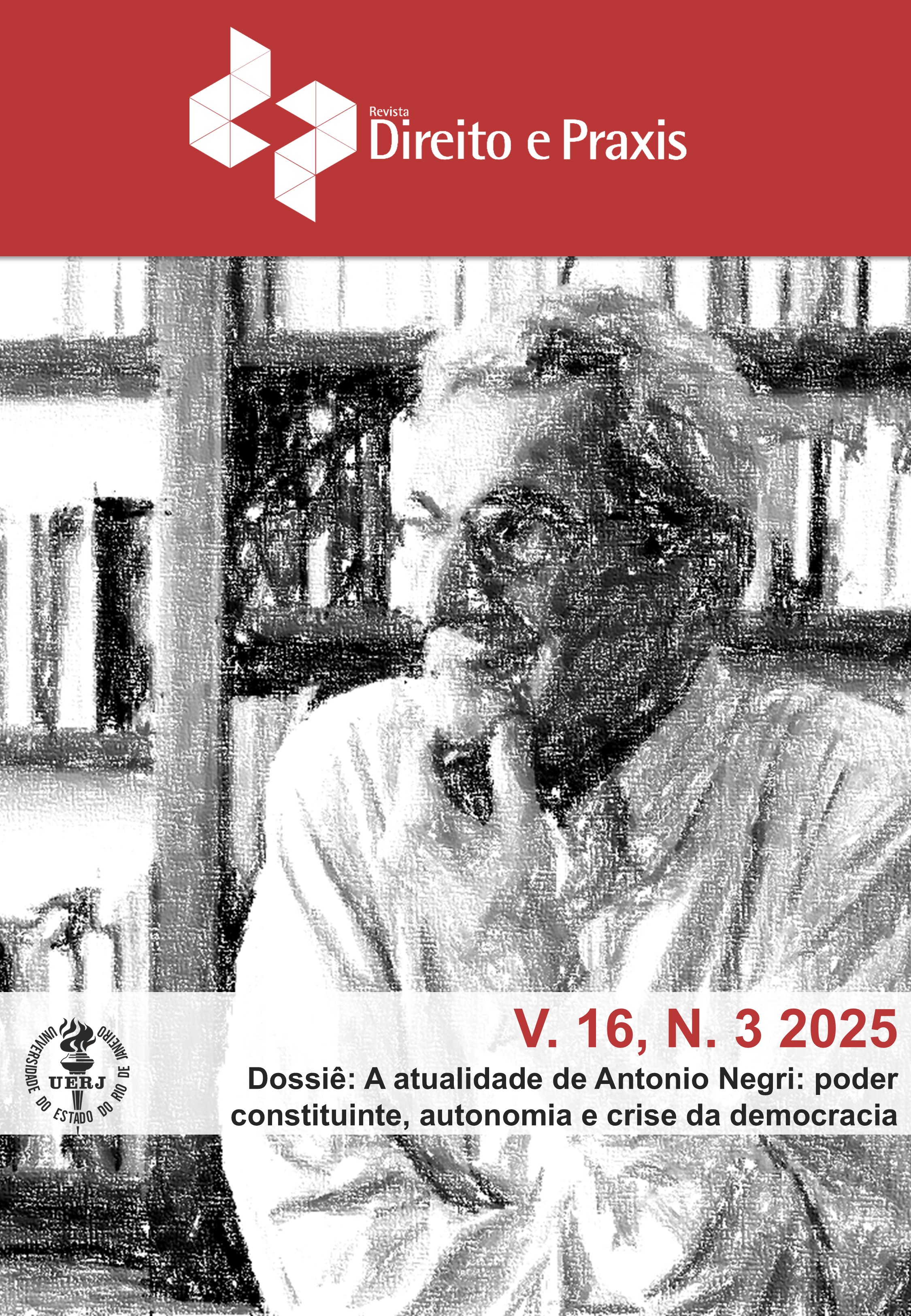Fundamental right to territory from the perspective of liquid authoritarianism
the lawfare practices against indigenous rights and the absence of non-repetition policies
Keywords:
Demarcation, Indigenous lands, LawfareAbstract
https://doi.org/10.1590/2179-8966/2025/83817i
This article aims to analyze the structural cause(s) that come compromising the right to existence held by the indigenous peoples from their deterritorialization, thus conceived as a phenomenon that transcends the geographical dispossession historically imposed on the indigenous peoples of Brazil and Latin America. From the verification of the use of the Law with the intention of generating the corrosion of the existential guarantee to the solidly consecrated traditional land solidly enshrined by national and international laws, as well as in the face of the willful resignification of the legal concept of "indigenous land", we found the practice of lawfare, with a current example, the proposition of the so-called time frame for indigenous lands in its versions before the Judiciary and the Legislative Branch. Finally, it should be noted that the repeated and incessant cycles of violations of the fundamental right to indigenous land result from the non-implementation of non-repetition policies in Brazil as one of the axes of Transitional Justice, structural obstacle that prevents the plenitude of indigenous citizenship in Brazil. To this end, the hypothetical-deductive method was used, through a literature review.
Downloads
Downloads
Published
How to Cite
Issue
Section
License
Copyright (c) 2025 Flávio de Leão Bastos Pereira, Giovanna Bolletta Perez, Leonardo Delatorre Leite (Autor/a)

This work is licensed under a Creative Commons Attribution 4.0 International License.
The authors the sole responsibility for their texts.
It is allowed the total or partial reproduction of the articles of the Journal Law and Praxis, if the author is mentioned.
This work is licensed under a Creative Commons Attribution-Noncommercial-Share Alike 4.0 Unported License.
This license allows you to copy and redistribute the material in any medium or format for any purpose, even commercial, provided the original authorship is cited.
This work is licensed under a Creative Commons Attribution 4.0 International License.



